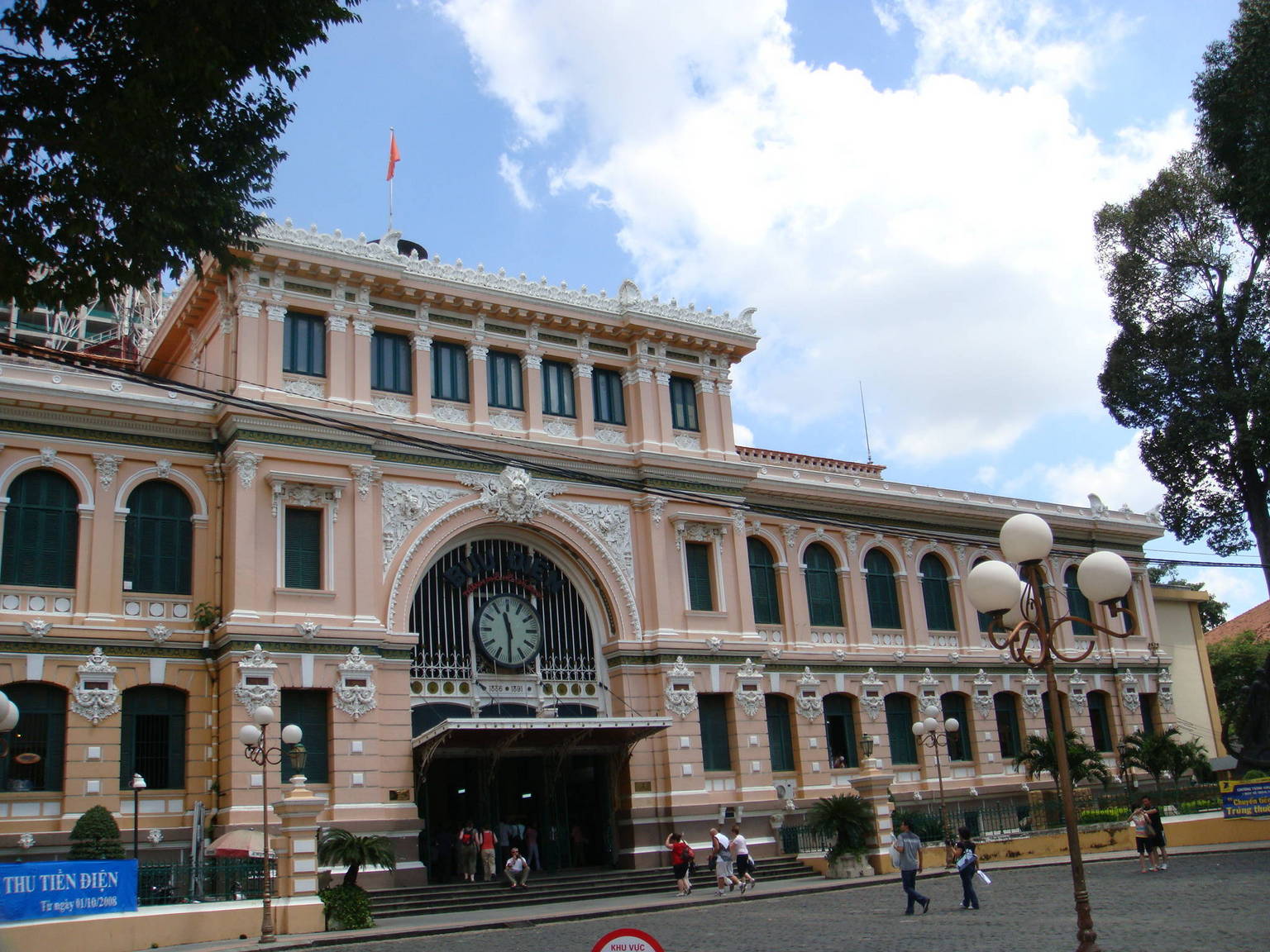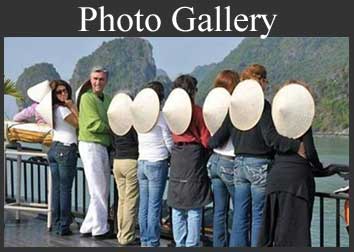War Remnants Museum
War Remnants Museum is a war museum at 28 Vo Van Tan, in District 3, Saigon. It primarily contains exhibits relating to the American phase of the Vietnam War.

Operated by the Vietnamese government, an incipient form of museum opened on September 4, 1975, as the “Exhibition House for US and Puppet Crimes”, located in the premises of the former United States Information Agency building. The exhibition was not the first of its kind for the North Vietnamese side, but rather followed a tradition of such exhibitions exposing “war crimes”, first those of the French and then those of the Americans, who had operated at various locations of the country as early as 1954.
In 1990, the name changed to Exhibition House for Crimes of War and Aggression. In 1995, following the normalization of diplomatic relations with the United States and end of the US embargo from a year before, the references to “war crimes” and “aggression” were dropped from the museum’s title as well; it became the “War Remnants Museum”.
War Remnants Museum comprises a series of themed rooms in several buildings, with period military equipment placed within a walled yard. The military equipment includes a UH-1 “Huey” helicopter, an F-5A fighter, a BLU-82 “Daisy Cutter” bomb, M48 Patton tank, an A-1 Skyraider attack bomber, and an A-37 Dragonfly attack bomber. There are a number of pieces of unexploded ordnance stored in the corner of the yard, seemingly with their charges and/or fuses removed. One building reproduces the “tiger cages” in which the South Vietnamese government allegedly kept political prisoners. Other exhibits include graphic photography, accompanied by a short text in English, Vietnamese and Japanese, covering the effects of Agent Orange and other chemical defoliant sprays, the use of napalm and phosphorus bombs and “American War atrocities” such as the My Lai massacre. The photographic display includes work by Vietnam War photojournalist Bunyo Ishikawa that he donated to the museum in 1998. Curiosities include a guillotine used by the French and the South Vietnamese to execute prisoners, the last time being in 1960, and three jars of preserved human fetuses allegedly deformed by exposure to dioxin, contained in the defoliant Agent Orange.
According to travel reports from foreign visitors, the exhibits are “blatantly one-sided” with a “a heavy dose of anti-American (and South Vietnamese) propaganda”, “full of propaganda” and “need to be taken with a grain of salt”, but they do graphically portray the horrors of[the Vietnam War. US anthropologist Christina Schwenkel wrote in a 2009 book that while the description “war crimes” has been dropped from the official text, the museum still exhibits pictures that are considered controversial and perhaps unrepresentative like that of a “smiling U.S. soldier proudly displaying a Vietnamese troop head as a war trophy” accompanied by a caption that is still hinting at a criminal element, in this case: after decapitating some guerillas, a GI enjoyed being photographed with their heads in his hands. Schwenkel’s book also mentioned how the Vietnamese regime “borrowed images from the West and inserted them into a “distorted” history”, using images of the War to substantiate their version and views on Vietnam War history.




.jpg)





